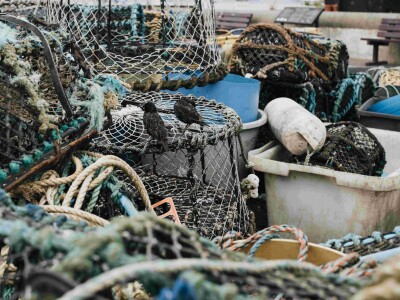The Canadian government imposed new vessel speed restrictions June 27 after four dead North Atlantic right whales were reported within 48 hours in the Gulf of St. Lawrence.
Six right whales in all have been found dead so far this year, putting 2019 on track to be the deadliest for the endangered species since 2017, when a dozen died in the gulf, spurring new efforts to reduce fatalities from ship strikes and fishing gear entanglement.
The sixth whale carcass was spotted June 27 floating off Quebec’s Gaspé Peninsula during an aerial survey, less than 24 hours after the fifth dead whale appeared at Anticosta Island in the province. Late that day the minister of transport, Marc Garneau, announced Transport Canada would enforce “an interim precautionary speed restriction” of 10 knots on vessels 20 meters (65 feet) or more in the western gulf shipping lanes near Anticosta.
The new rule expands restrictions imposed April 28 on a large area in the Gulf of St. Lawrence where the speed limit applies until Nov. 15. Transport officials said they are stepping up aerial surveillance in the gulf and inspectors will enforce the rule with help from the coast guard. Violators could face administrative fines up to $25,000.
“The Government of Canada takes the protection, conservation, and recovery of endangered species very seriously,” Garneau said in announcing the new measures. “For the past three years, our government has taken concrete action to help protect the North Atlantic right whales, who have been increasingly present in the Gulf of Saint Lawrence in recent years.”
Transport officials say the 10-knot limits reduces chances of a fatal ship strike by 70 percent.
The North Atlantic right whale population has declined to just over 400 animals that migrate off the coast from Canada to Georgia, and U.S. government agencies and states are engaged in the same kinds of efforts to reduce the danger from ship strikes in sea lanes off the East Coast ports, and fishing gear entanglements.
In April, NOAA announced the U.S. fishing industry must reduce entanglement risk by 60 to 80 percent to reduce injuries and deaths for whales. Maine for one has committed to a 50 percent reduction in vertical lines in the lobster fishery.







